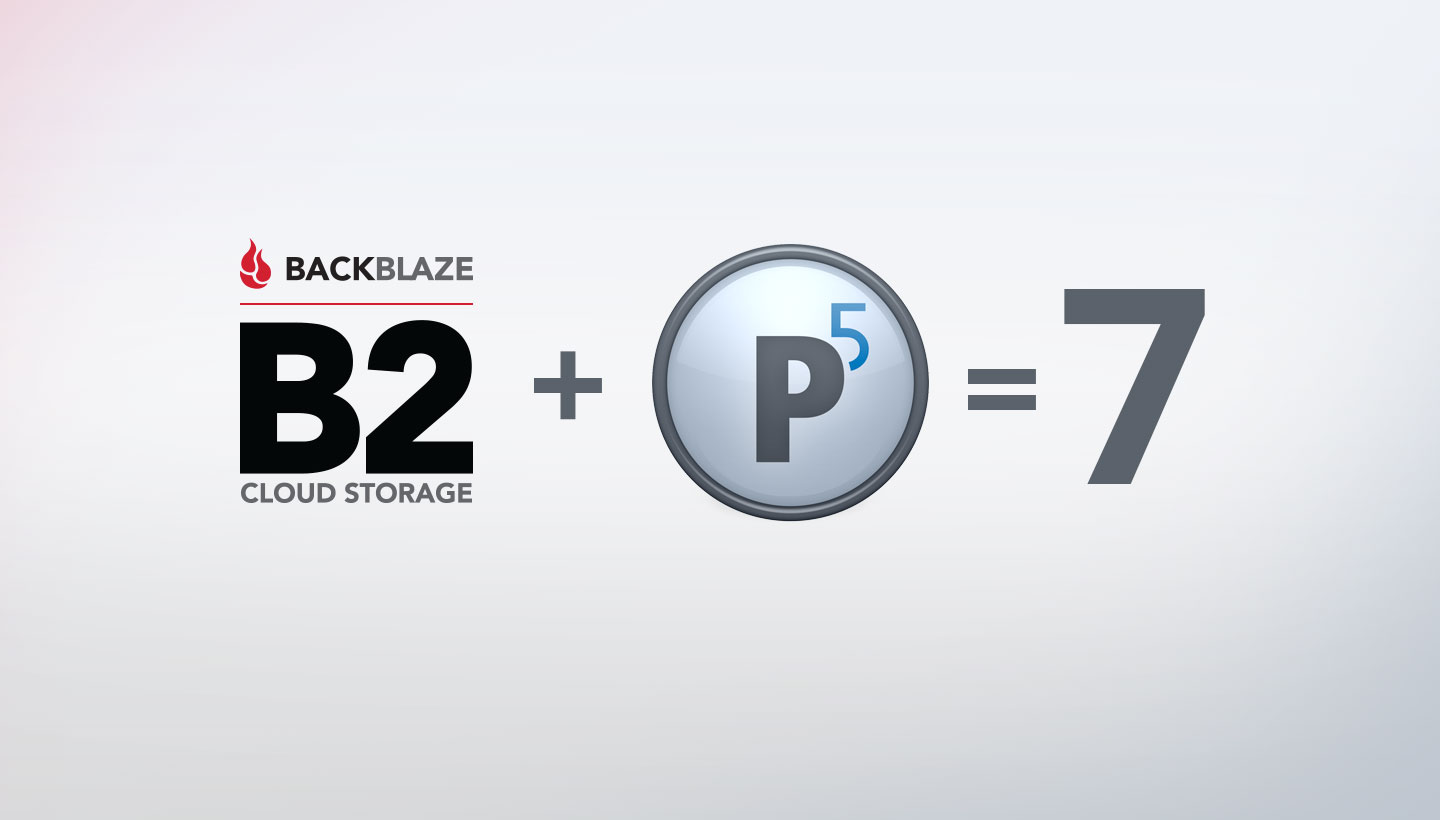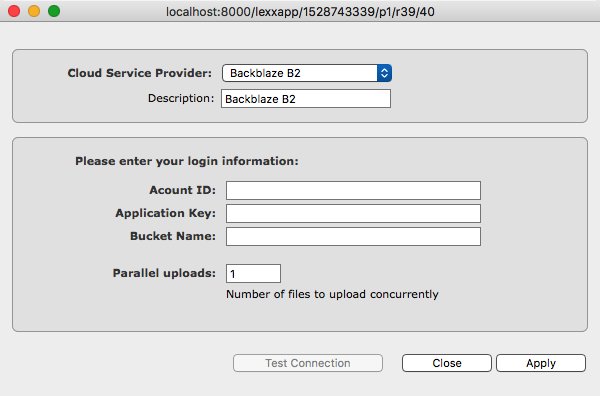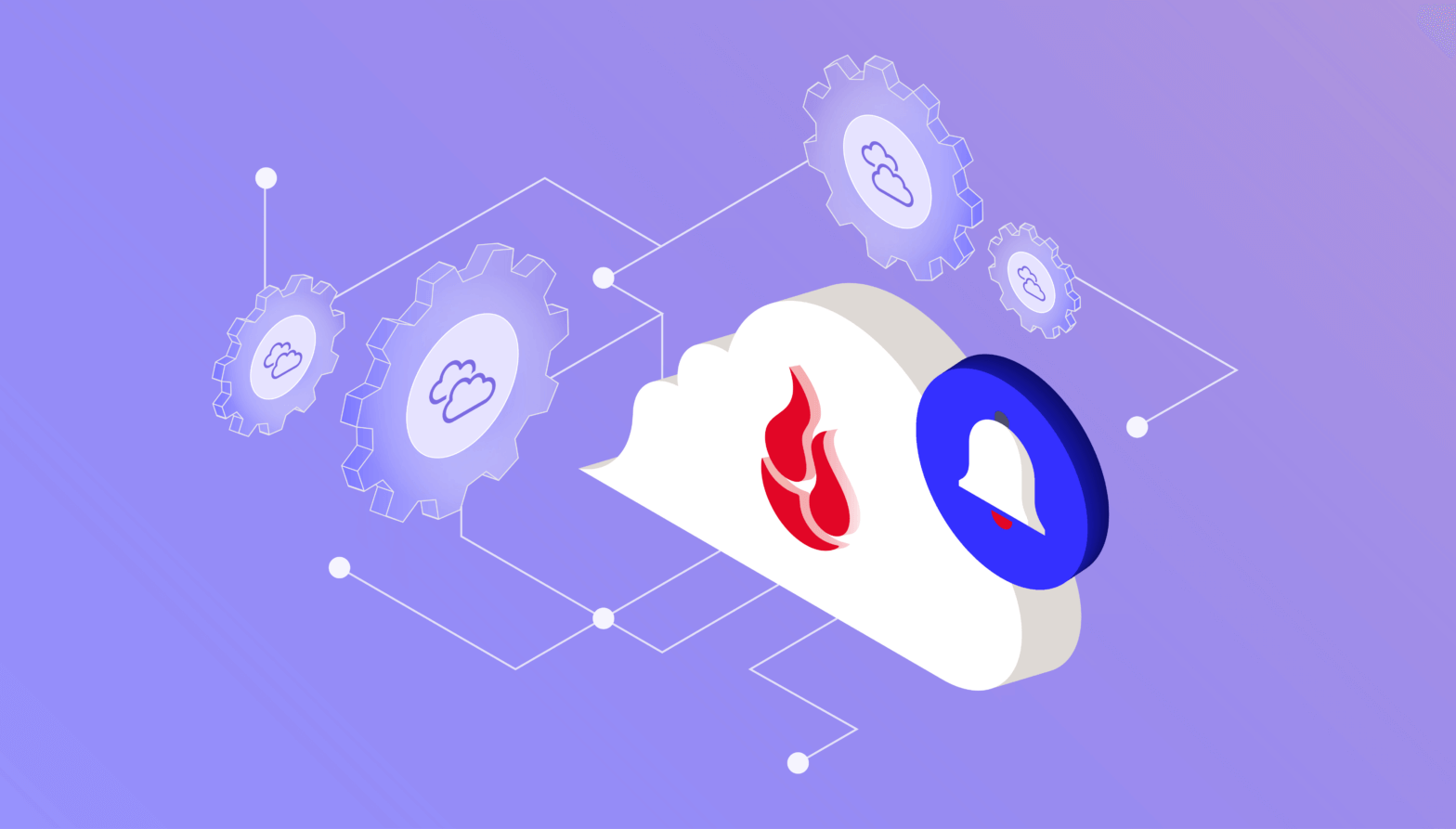B2 + P5 = 7 Ways to Save Time, Money and Gain Peace of Mind with an Archive Solution of Backblaze B2 and Archiware P5
by Dr. Marc M. Batschkus, Archiware
This week’s guest post comes to us from Marc M. Batschkus of Archiware, who is well-known to media and entertainment customers, and is a trusted authority and frequent speaker and writer on data backup and archiving.
— Editor
Archiving has been around almost forever.
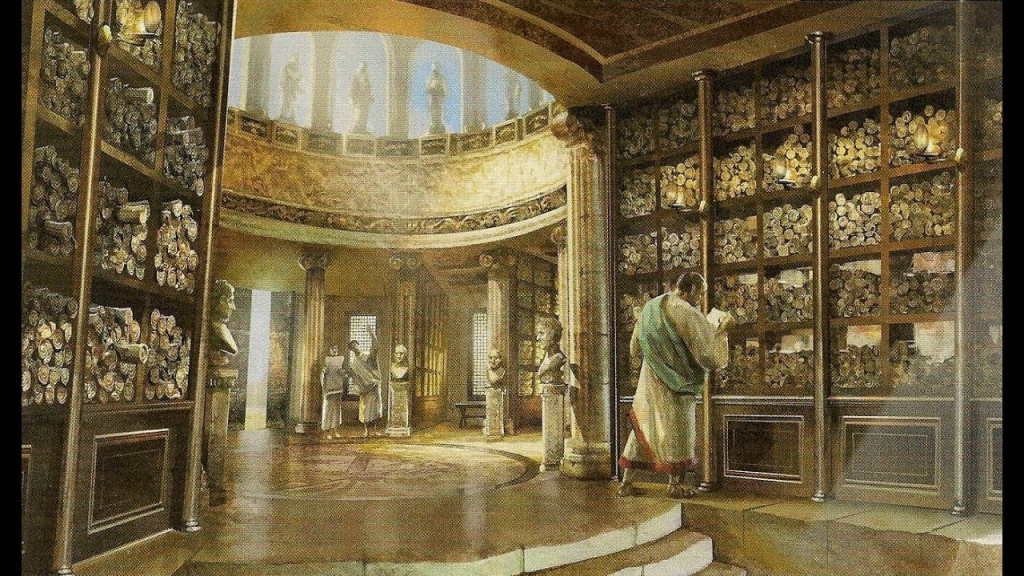 Roman “Archivum” where scrolls were stored for later reference.
Roman “Archivum” where scrolls were stored for later reference.
The Romans used the word “archivum” for the building that stored scrolls no longer needed for daily work. Since then, files have replaced scrolls, but the process has stayed the same and so today, files that are no longer needed for daily production can be moved to an archive.
Backup and Archive
Backblaze and Archiware complement each other in accomplishing this and we’ll show you how to get the most from this solution. But before we look at the benefits of archiving, let’s take a step back and review the difference between backup and archive.
A backup of your production storage protects your media files by replicating the files to a secondary storage. This is a cyclical process, continually checking for changed and new files, and overwriting files after the specified retention time is reached.
Archiving, on the other hand is a data migration, moving files that are no longer needed for daily production to (long-term) storage, yet keeping them easily retrievable. This way, all completed productions are collected in one place and kept for later reference, compliance, and re-use.
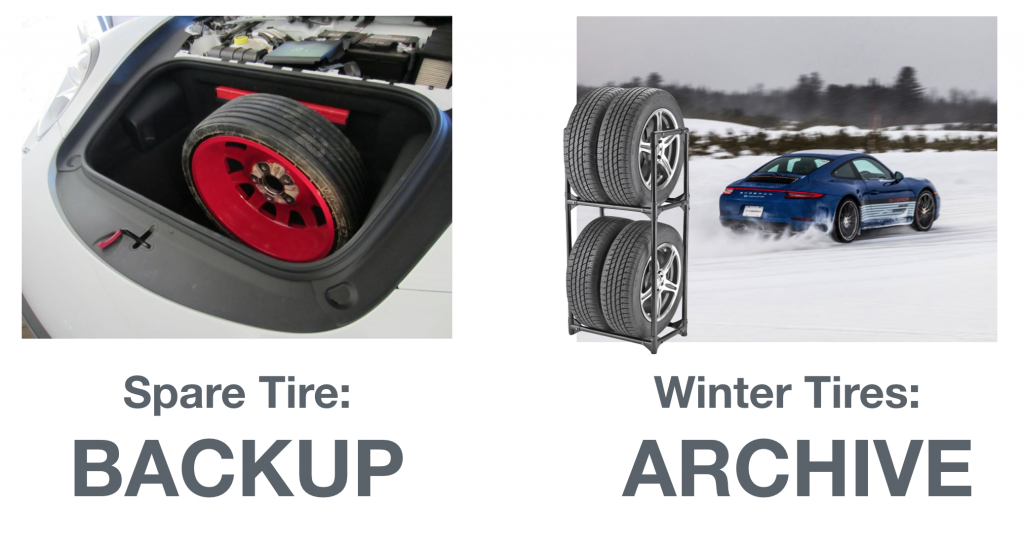 Think of BACKUP as a spare tire, in case you need it, and ARCHIVE as a stored set of tires for different needs.
Think of BACKUP as a spare tire, in case you need it, and ARCHIVE as a stored set of tires for different needs.
To use an analogy:
- Think of backup as the spare tire in the trunk.
- Think of archive as the winter tires in the garage.
Both are needed!
Editor’s note: For more insight on “backup vs archive” have a look at What’s the Diff: Backup vs Archive.
Building a Media Archive Solution with Archiware P5 and Backblaze B2
Now that the difference between backup and archive is clear, let’s have a look at what an archive can do to make your life easier.
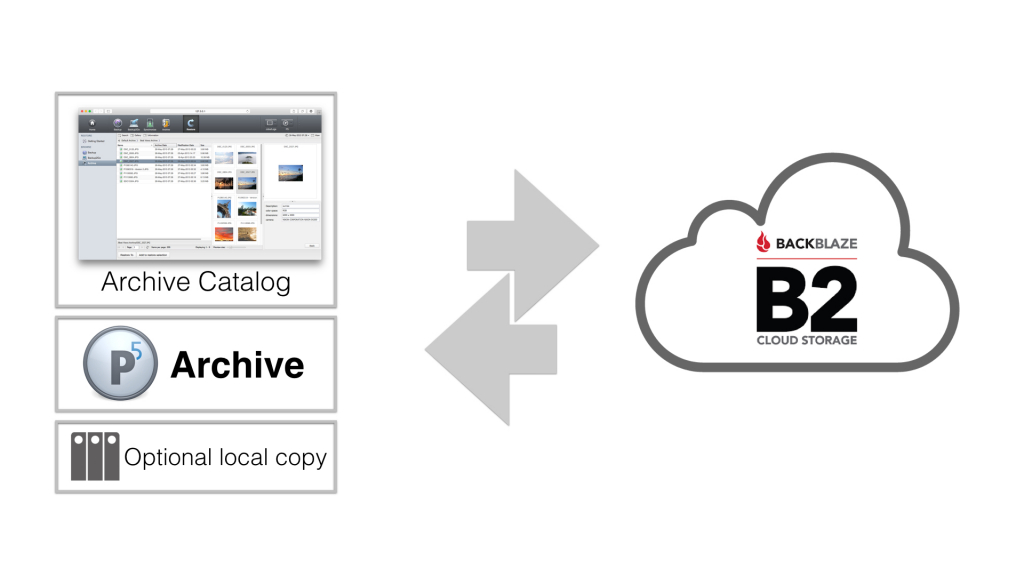 Archiware P5 can be your interface to locate and manage your files, with Backblaze B2 as your ready storage for all of those files
Archiware P5 can be your interface to locate and manage your files, with Backblaze B2 as your ready storage for all of those files
P5 Archive connects to Backblaze B2 and offers the interface for locating files.
B2 + P5 = 7 Ways to Save Time and Money and Gain Peace-of-Mind
- Free up expensive production storage
- Archive from macOS, Windows, and Linux
- Browse and search the archive catalog with thumbnails and proxies
- Re-use, re-purpose, reference and monetize files
- Customize the metadata schema to fit your needs and speed up search
- Reduce backup size and runtime by moving files from production storage
- Protect precious assets from local disaster and for the long-term (no further migration/upgrade needed)
Archive as Mini-MAM
The “Mini-MAM” features of Archiware P5 help you to browse and find files easier than ever. Browse the archive visually using the thumbnails and proxy clips in the archive catalog. Search for specific criteria or a combination of criteria such as location or description.
Since P5 Archive lets you easily expand and customize metadata fields and menus, you can build the individual metadata schema that works best for you.
Technical metadata (e.g. camera type, resolution, lens) can be automatically imported from the file header into the metadata fields of P5 archive using a script.
The archive becomes the file memory of the company saving time and energy because now there is only one place to browse and search for files.
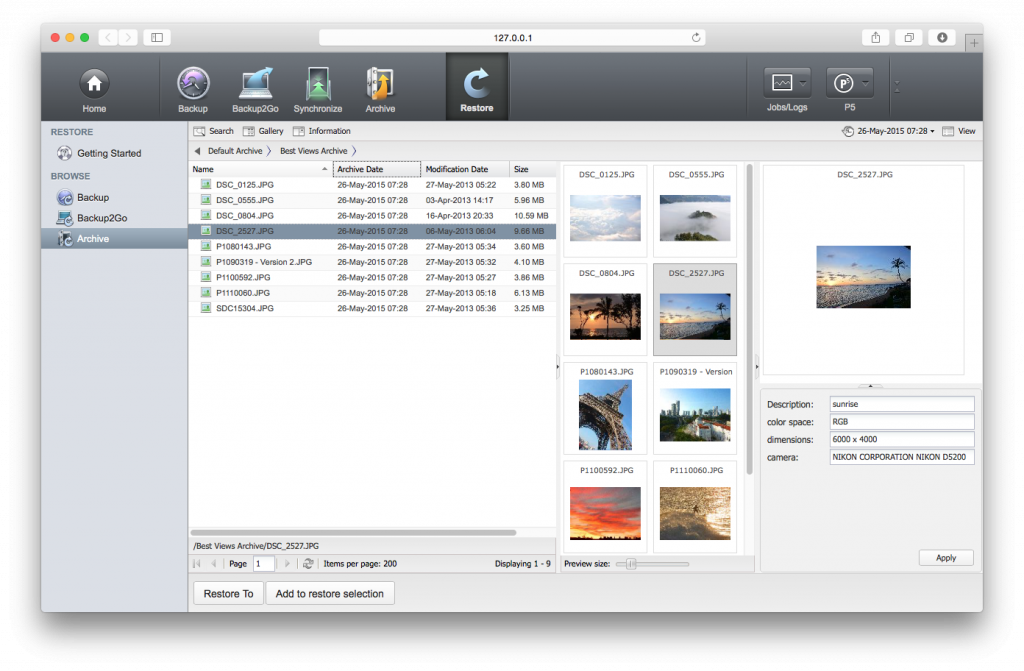 Archiware as “Mini-MAM” — thumbnails, proxies, even metadata all within Archiware P5
Archiware as “Mini-MAM” — thumbnails, proxies, even metadata all within Archiware P5
P5 offers maximum flexibility and supports all storage strategies, be it cloud, disk or tape and any combination of the above.
For more information on Archiving with Archiware: Archiving with Archiware P5. For macOS, P5 Archive offers integration with the Finder and Final Cut Pro X via the P5 Archive App. For more information on integrated archiving with Final Cut Pro X: macOS Finder and Final Cut Pro X Integrated Archiving
You can start building an archive immediately with Backblaze B2 cloud storage because it allows you to do this without any additional storage hardware and upfront investment.
Backblaze B2 is the Best of Cloud
- ✓ Saves investment in storage hardware
- ✓ Access from anywhere
- ✓ Storage on demand
- ✓ Perpetual storage – no migration or upgrade of hardware
- ✓ Financially advantageous (OPEX vs CAPEX)
- ✓ Best price in its category
Backblaze B2 offers flexible access so that the archive can be accessed from several physical locations with no storage hardware needing to be moved.
P5 Archive supports consumable files as archive format. This makes the single files accessible even if P5 Archive is not present at the other location. This opens up a whole new world of possibilities for collaborative workflows that were not possible before.
Save Money with OPEX vs CAPEX
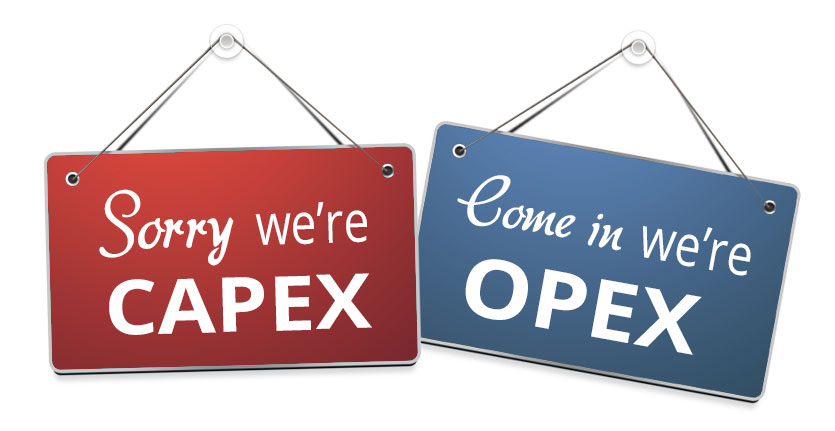 CAPital EXpenditures are the money companies spend to purchase major physical goods that will be used for more than one year. Examples in our field are investments in hardware such as storage and servers.
CAPital EXpenditures are the money companies spend to purchase major physical goods that will be used for more than one year. Examples in our field are investments in hardware such as storage and servers.
OPerating EXpenses are the costs for a company to run its business operations on a daily basis. Examples are rent and monthly cost for cloud storage like B2.
By using Backblaze B2, companies can save CAPEX and instead have monthly payments only for the cloud storage they use, while also saving maintenance and migration cost. Furthermore, migrating files to B2 makes expansion of high performance and costly production storage unnecessary. Over time this alone will make the archive pay off.
Now that you know how to profit from archiving with Archiware P5 and Backblaze B2, let’s look at the steps to build the best archive for you.
Backblaze B2 is already a built-in option in P5 and works with P5 Archive and P5 Backup.
For detailed setup and best practice see:
Cloud Storage Setup and Best Practice for Archiware
Steps in Planning a Media Archive
Depending on the size of the archive, the number of people working with and using it, and the number of files that are archived, planning might be extremely important. Thinking ahead and asking the right questions ensures that the archive later delivers the value that it was built for.
Including people that will configure, operate, and use the system guarantees a high level of acceptance and avoids blind spots in your planning.
- Define users: who administers, who uses and who archives?
- Decide and select: what goes into the archive, and when?
- Which metadata are needed to describe the data needed (what will be searched for)?
- Actual security: on what operating system, hardware, software, infrastructure, interfaces, network and medium will be archived?
- What security requirements should be fulfilled: off-site storage, duplication, storage duration, test cycles of media, generation migration, etc.
- Retrieval:
- Who searches?
- With what criteria?
- Who is allowed to restore?
- On what storage?
- For what use?
Metadata is the key to the archive and enables complex searches for technical and descriptive criteria.
Naming Conventions or “What’s in a File Name?”
The most robust metadata you can have is the file name. It can travel through different operating systems and file systems. The file name is the only metadata that is available all the time. It is independent of any database, catalog, MAM system, application, or other mechanism that can keep or read metadata. With it, someone can instantly make sense of a file that gets isolated, left over, misplaced or transferred to another location. Building a solid and intelligent naming convention for media files is crucial. Consistency is key for metadata. Metadata is a solid foundation for the workflow, searching and sharing files with other parties. The filename is the starting point.
Wrapping Up
There is much more that can make a media archive extremely worthwhile and efficient. For further reading I’ve made this free eBook available for more tips on planning and implementation.
Start looking into the benefits an archive can bring you today. There is a 30-day fully featured trial license for Archiware P5 that can be combined with the Backblaze B2 free trial storage.
Trial License: About Archiware P5 and 30-Day Trial
And of course, if you’re not already a Backblaze B2 customer, sign up instantly at the link below.
B2 Cloud Storage: Instant Signup
— Dr. Marc M. Batschkus, Archiware


